DISCOVER cardiobrainstorming !
Cardiobrainstorming is based on the benefits of physical activity and brainstorming methods to facilitate ideation. In fact, several studies* have shown that the main effects of physical and sports activity are oxygenation of the brain and the secretion of hormones that promote concentration, reflection, creativity and motivation. Thus, alternating times of physical activity and times of reflection would prove to be very fruitful during an ideation process!
ConCRETELY
The cardiobrainstorming developed by PLAY International is part of the "design thinking" ideation process composed of 5 steps: the choice of a problem; the definition of the problem by separating its causes and consequences; the proposal of ideas; the prototype (experimentation phase allowing the best solution to be chosen); then the testing of the chosen solution.
To date, two workshops have been created, allowing to work on the second and third steps of design thinking, namely: separating the causes and consequences of the problem; the ideation and prioritization of solutions. These two workshops are built around sports games allowing individual and collective reflection, to arrive at results and solutions approved by the group. Eventually, cardiobrainstorming workshops will be created to accompany the first 4 steps.
cardiobrainstorming AND THE TEAME PROGRAM
Cardiobrainstorming is currently being tested as part of the TEAME program, a socio-professional integration program for young people who are far from employment. Within this program, young people are led to define a project they wish to implement. PLAY International accompanies them in this process by providing them with two cardiobrainstorming workshops.
The first cardiobrainstorming workshop is based on a problem previously identified by the participants. In the case of a TEAME (a group of about ten young people) recently accompanied, the problem was: how to promote the social inclusion of newcomers?
The first workshop identified the language barrier and the lack of information as the main causes of unequal access to services and discrimination against newcomers.
At the end of the second workshop, the 2-3 solutions considered the most realistic, concrete and attractive to respond to the identified problem were selected.
Among the solutions discussed: the creation of a booklet gathering all the information (associations, helpers, addresses) useful for a newcomer, a sponsorship system between refugee and newcomer or the creation of a video to raise awareness about racism.
One of them will then be chosen by the young people and will constitute their project.
After several test sessions, the results are very positive. There is a real impact on the motivation and therefore the involvement of young people. The sports game transforms the ideation into a playful and participative challenge and creates a real collective emulation.
This tool is intended to be used in other projects and with other audiences to multiply the social impact of sport!
*Exercise enhances creativity independently of mood, Hannah Steinberg, Elizabeth A Sykes, Tim Moss, Susan Lowery, Nick LeBoutillier and Alisan Dewey, School of Psychology, Middlesex University, 1997
 FR
FR EN
EN